#Frank Finlay
Text



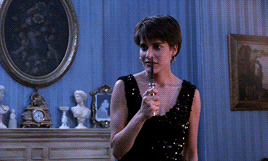


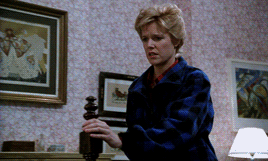

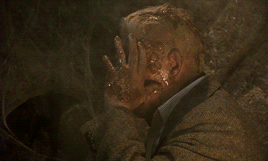
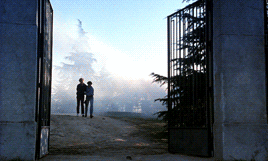
Cthulhu Mansion (1992)
#Cthulhu Mansion#La mansión de los Cthulhu#Juan Piquer Simón#horroredit#Frank Finlay#Marcia Layton#Brad Fisher#Melanie Shatner#Paul Birchard#Luis Fernando Alvés#My Stuff
82 notes
·
View notes
Photo
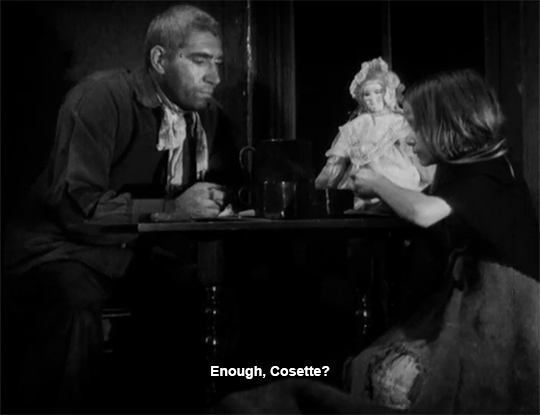
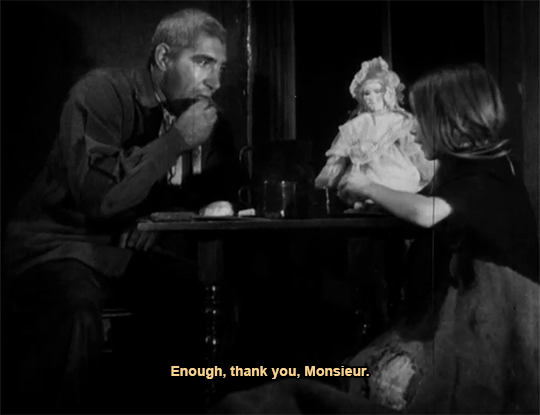
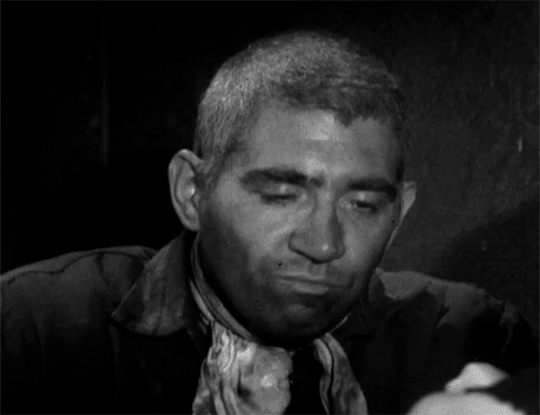



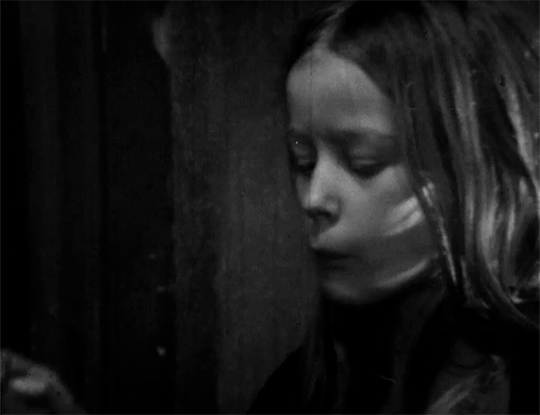



LES MIS LETTERS IN ADAPTATION - Two Misfortunes Make One Piece of Good Fortune, LM 2.4.3 (Les Miserables 1967)
She called him father, and knew no other name for him.
#Les Mis#Les Miserables#Les Mis Letters#LM 2.4.3#Jean Valjean#Cosette#Cosette Fauchelevent#Les Mis Letters in Adaptation#Frank Finlay#Lesley Roach#Les Mis 1967#Les Miserables 1967#lesmisedit#lesmiserablesedit#lesmiserables1967edit#tvedit#miniseriesedit#pureanonedits#they are soooooo#LM 1967 has a lot of strange choices later on but its Valjean and Cosette relationship is never dropped and I LOVE that
96 notes
·
View notes
Text
LIFEFORCE (1985)
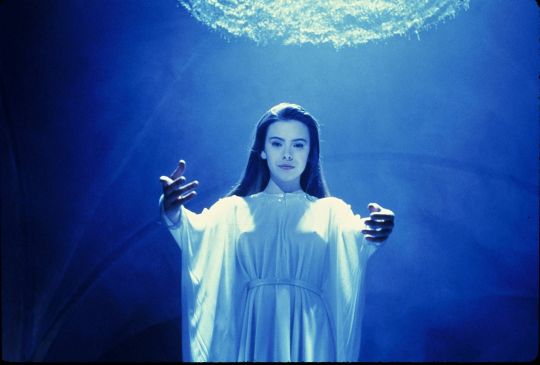

Dir. TOBE HOOPER
#life force#lifeforce#tobe hooper#1985#80s cinema#scifi#science fiction#horror#vampire#thriller#vampires#aliens#outer space#mathilda may#steve railsback#peter firth#frank finlay#patrick stewart#michael gothard#henry mancini#80s horror#behind the scenes#80s movies#cannon group#mgm#metro goldwyn mayer#behindthecamera#analog#seduction#spaceship
21 notes
·
View notes
Photo

British stage and screen actor Frank Finlay.
37 notes
·
View notes
Text
Oscar Nominee of All Time Tournament: Round 1, Group A
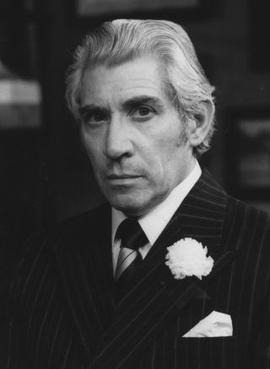

FRANK FINLAY (1926-2016)
NOMINATIONS:
Supporting- 1965 for Othello
--
JAMIE FOXX (1967-)
NOMINATIONS:
Supporting- 2004 for Collateral
WINS:
Lead- 2004 for Ray
#oscars#academy awards#oscar winners#oscar nominees#actors#film#frank finlay#jamie foxx#othello 1965#othello#collateral 2004#ray 2004#nominees group a#nominees group a polls
5 notes
·
View notes
Text

Frank Finlay and Louis Jourdan in Count Dracula (BBC-TV, 1977)
69 notes
·
View notes
Photo

#the three musketeers#oliver reed#raquel welch#richard chamberlain#michael york#frank finlay#christopher lee#geraldine chaplin#simon ward#faye dunaway#charlton heston#richard lester#1973
42 notes
·
View notes
Text
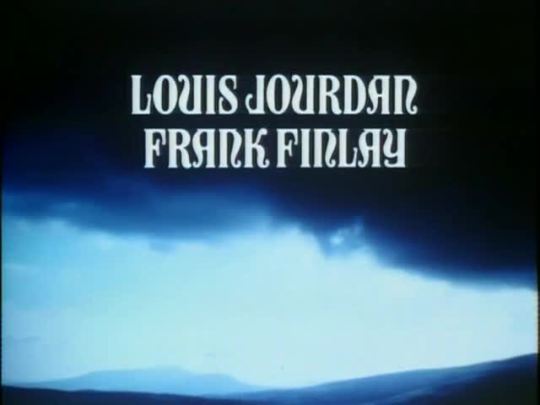



Count Dracula - BBC - December 22, 1977
Horror / Drama
Running Time: 155 minutes
Stars:
Louis Jourdan as Count Dracula
Frank Finlay as Professor Van Helsing
Susan Penhaligon as Lucy Westenra
Judi Bowker as Mina Westenra
Jack Shepherd as Renfield
Mark Burns as Dr. John Seward
Bosco Hogan as Jonathan Harker
Richard Barnes as Quincey P. Holmwood
Ann Queensberry as Mrs Westenra
Sue Vanner, Susie Hickford and Belinda Meuldijk as Dracula's Brides
#Count Dracula#TV#BBC#1977#Horror#Drama#Louis Jourdan#Frank Finlay#Susan Penhaligon#Judi Bowker#Jack Shepherd#Mark Burns#Bosco Hogan
11 notes
·
View notes
Photo
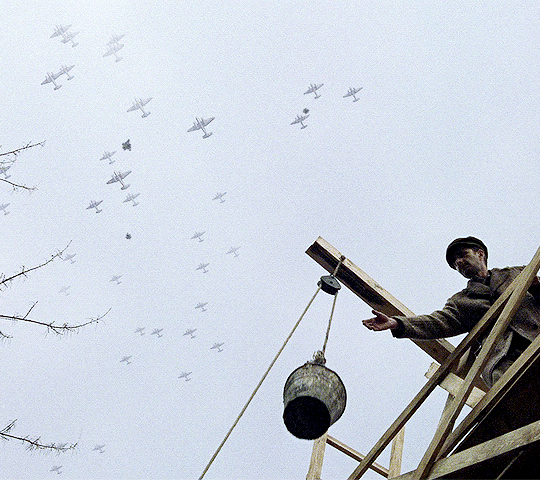
THE PIANIST 2002
If you prick us, do we not bleed? It you tickle us, do we not laugh? If you poison us, do we not die? And if you wrong us, shall we not revenge?
#the pianist#2002#adrien brody#thomas kretschmann#frank finlay#maureen lipman#emilia fox#ed stoppard#julia rayner#jessica kate meyer#ronan vibert#ruth platt#andrew tiernan#michal zebrowski#roy smiles#richard ridings
20 notes
·
View notes
Text


The Three Musketeers
Taken from PHOTOPLAY FILM MONTHLY, April 1974
10 notes
·
View notes
Text

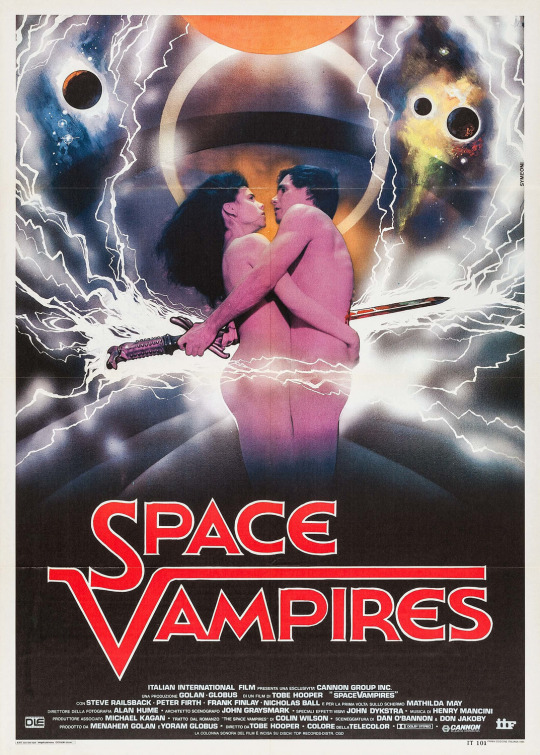

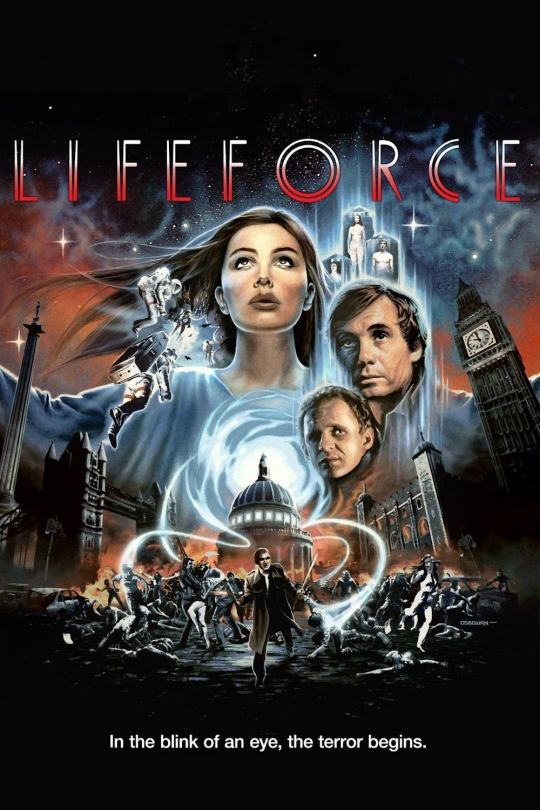

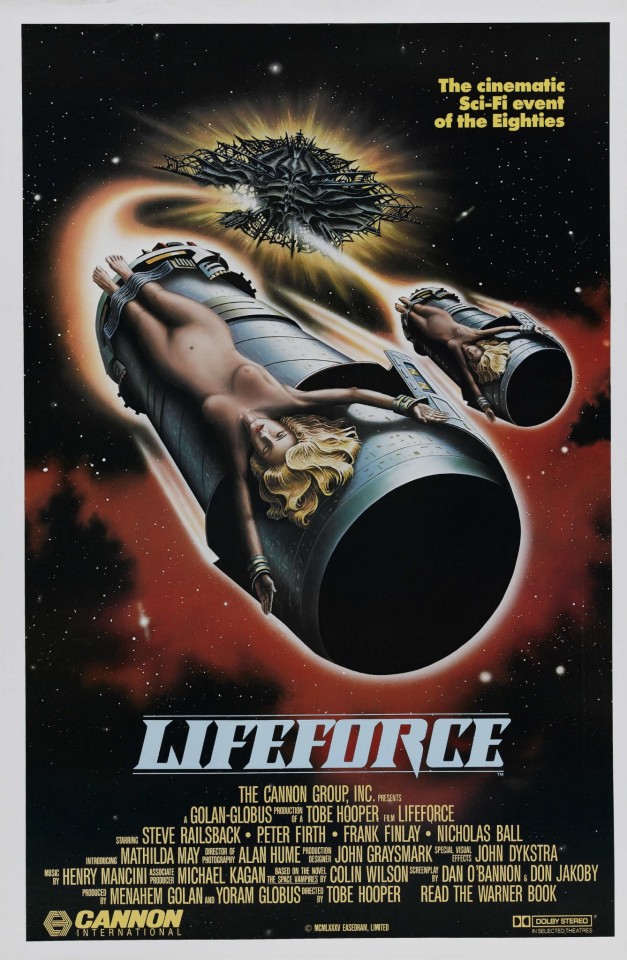
W A T C H I N G
TRIVIA: Chris Jagger (Mick Jagger's brother) plays the second male space vampire
#LIFEFORCE (1985)#TOBE HOOPER#PATRICK STEWART#STEVE RAILSBACK#Peter Firth#Frank Finlay#Mathilda May#Michael Gothard#Nicholas Ball#Aubrey Morris#Sidney Livingstone#John Hallam#Chris Jagger#Jerome Willis#Derek Benfield#John Woodnutt#John Forbes-Robertson#SPACE VAMPIRES#watching#Colin Wilson#sci-fi#horror#vampires
30 notes
·
View notes
Text
A Christmas Carol (1984)
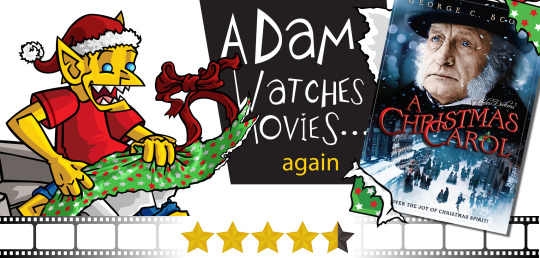
There are many adaptations of Charles Dickens's A Christmas Carol to choose from for your Holiday Christmas marathon. Many consider this 1984 version by Clive Donner the one to go with. If you ask me, no Christmas season is complete without viewing either Alastair Sim or George C. Scott as Ebenezer Scrooge.
Ebenezer Scrooge (Scott) is a bitter miser who considers the ideals and spirit of Christmas pure humbug. He hesitates to give his underpaid assistant Bob Cratchit (David Warner) the day off and scoffs at his nephew Fred (Roger Rees) when he suggests a holiday dinner. One cold Christmas Eve, the ghost of Scrooge's former partner Jacob Marley (Frank Finlay) appears to him with a warning "You will soon be visited by three spirits, heed their counsel and change your ways or risk an eternity of suffering."
Though originally made for television, this is a top-notch production. The locations/sets transport you to 1843 London like a Ghost of Christmas Past and the costumes all look authentic. The stage is set and George C. Scott is perfect for his role. One look at the actor and you can practically see every time he's rolled his eyes at the concept of charity. He delivers the over-the-top dialogue like it was written for him but Scott also grounds the story in reality. It makes the drama that follows that much more powerful. Scrooge is a miserable, horrible person… but he’s still a person. His journey through the many Christmases the ghosts take him through rouses intense emotions.
So much of what makes this story endure is the message. Christmas is a joyous time, but it can be scary under certain lights. That uniformly white blanket over everything, the bare branches swaying in the frigid wind, the shortening days, the cold… the idea of ghosts emerging from the darkness just fits. These fears are juxtaposed by this renewed hope of salvation, the explosion of generosity and the potential for miracles. A Christmas Carol taps into all of those sentiments. There are talks of gifts but no commercialism. It’s about the importance of relationships with loved ones and what you must do to keep them close to you. That's not to say any adaptation is a hit; the cast and the production's dedication make this a special rendition of the timeless story.
There’s only one flaw with the film: the portrayal of the Spirit of Christmas Past by Angela Pleasence. It isn’t her performance; it’s that unless you know what the movie is trying to do, she'll leave you scratching your head. She’s supposed to be candle-like: a light that could easily be put out (which is why we see Scrooge extinguish her with his cap). You can't tell unless you already know. Otherwise, everything you want to see in this story is there. The comedy of a miser so cheap he won’t even spend money to keep himself comfortable, the drama over lost love and seeing a heart grow cold, the warmth of redemption and the horror of the ghosts. As a child, I distinctly remember seeing the Ghost of Christmas Present (Edward Woodward) showing off Scrooge’s “children” to him and finding it terrifying.
It’s easy to become bitter around Christmas. Even if you don’t feel like the true meaning of the holiday has eroded, there’s so much pressure and so many high expectations that are rarely met. 1984's A Christmas Carol is the perfect remedy for any bitter sentiments. Whether you see yourself as Ebenezer Scrooge and need to be shown the error of your ways or you’re his nephew and need your faith in others renewed, this is the movie for you. Its final scene always brings tears to my eyes. (December 14, 2020)
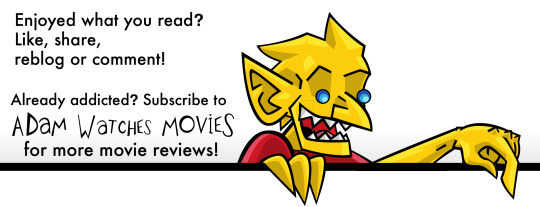
#A Christmas Carol#movies#films#movie reviews#film reviews#Clive Donner#Roger O. Hirson#Charles Dickens#George C. Scott#Frank Finlay#David Warner#Susannah York#Edward Woodward#Roger Rees#Liz Smith#1984 movies#1984 films
6 notes
·
View notes
Photo




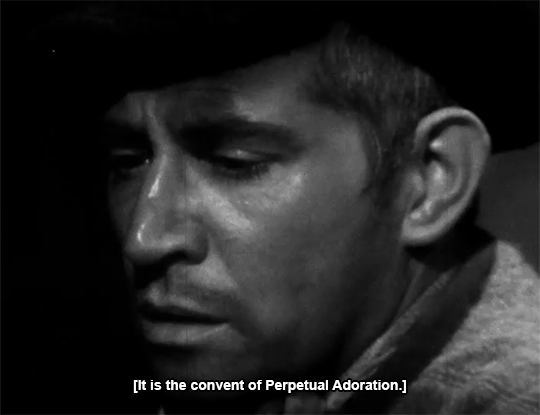

LES MIS LETTERS IN ADAPTATION - The Man with the Bell, LM 2.5.9 (Les Miserables 1967)
“Who are you? and what house is this?” demanded Jean Valjean.
“Ah! pardieu, this is too much!” exclaimed the old man. “I am the person for whom you got the place here, and this house is the one where you had me placed. What! You don’t recognize me?”
“No,” said Jean Valjean; “and how happens it that you know me?”
“You saved my life,” said the man.
He turned. A ray of moonlight outlined his profile, and Jean Valjean recognized old Fauchelevent.
“Ah!” said Jean Valjean, “so it is you? Yes, I recollect you.”
...
“What house is this?”
“Come, you know well enough.”
“But I do not.”
“Not when you got me the place here as gardener?”
“Answer me as though I knew nothing.”
“Well, then, this is the Petit-Picpus convent.”
Memories recurred to Jean Valjean. Chance, that is to say, Providence, had cast him into precisely that convent in the Quartier Saint-Antoine where old Fauchelevent, crippled by the fall from his cart, had been admitted on his recommendation two years previously. He repeated, as though talking to himself:—
“The Petit-Picpus convent.”
#Les Mis#les Miserables#Les Mis Letters#Les Miserables 1967#Les Mis 1967#Les Mis Letters in Adaptation#Jean valjean#Valjean#Fauchelevent#Convent Husbands#LM 2.5.9#Frank Finlay#Bert Palmer#lesmisedit#lesmiserablesedit#lesmiserables1967edit#miniseriesedit#bbcedit#pureanonedits
65 notes
·
View notes
Text
The Queen and the Welshman
I read Rosemary Anne Sisson’s novelisation of this earlier in the year & planned to investigate the theatre & TV versions as best as I could and see what I could put together for history fandom here on tumblr (because it seems to still be the only filmed version of the story of Catherine de Valois and Owen Tudor). Then I kept discovering slightly different versions (it was restaged! it went on tour! there was also a radio play version!), so it got a little more complicated, but anyhooo, here are my findings about the original theatre play that started it all!
It was Sisson’s first play and her big break, and something she seems to have returned to several times over the years, hence all the different versions, but the original was performed by the London Club Theatre Group in August 1957 for the Edinburgh Fringe Festival.

It was an odd success story, as the piece was distinctly old-fashioned for the era (”history in watercolour” as one of the critics put it), but it was a hit with Festival audiences - it fared better than most of the main Festival pieces that year - and as a result launched Rosemary Anne Sisson’s career. She was a Cambridge graduate, who had previously lectured for a US University, and had written the play after being inspired by Shakespeare’s history plays to find out what happened next to Catherine de Valois. She would go on to write for many period dramas, familiar to fandom here, including The Six Wives of Henry VIII, Elizabeth R, and The Shadow of the Tower.
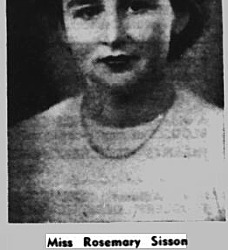
It also provided a break for its leading man - Owen Tudor was played by Edward Woodward, later to find fame as Callan and The Equalizer. (The cast seems to have been pretty good, and included a young Frank Finlay as the gaoler.)

It’s hard to find many details about the story of the play, but as it includes the same original characters as her later novelised version, it’s probably safe to assume that it follows a similar path - and reviews would seem to back up that impression. (The book starts in Henry V’s wars, where Owen meets fellow soldier Villiers, later to be an embittered enemy of his, and takes a French hostage, Rainault - a rather d’Artagnan-esque Gascon noble - who remains with him, due to his uncle finding it more convenient to let his ransom go unpaid, and who eventually inadvertently betrays Owen and Katherine, plus Katherine’s maid in waiting, Margaret (who has an affair with Rainault). John of Bedford and Humphrey of Gloucester are also two major roles, as the authorities who will come down hard on the pair if they uncover their romance (Bedford reluctantly, Gloucester happily).
Critics found the play well-written, with a sensitivity to the period, “quiet sympathy and no attempt to force.” They were also taken with the historical romance it was centred around, which most of its audience had been unaware of previously. It was low-key, or perhaps a tad too “underdramatic” and one critic noted one weak scene, but it was “fastidiously” produced, well-played, with no cod-historical nonsense, and drew in and pleased its audiences; attracting attention to a promising new female playwright (the only woman to have written a play for that year’s Festival) and an actor to watch in its Owen Tudor.

[From Age for Stock; image of Hilary Liddell as Katherine de Valois.]
Hilary Liddell, who played Queen Katherine, continued to work until at least 1979, and was married to actor Bernard Hepton. She and Edward Woodward (as part of the London Club Theatre Group responsible for the production) had also acted opposite each other previously in another of the Group’s productions, The Telescope.

[Image from Shutterstock, of Edward Woodward and Hilary Liddell in The Telescope.]
Critics concluded it was a “gracious and beautifully acted play” and praised Edward Woodward especially. The Evening News saw Owen’s farewell to Katherine towards the end of the play as the highlight of the evening:
"Very occasionally in the theatre an actor achieves by a single gesture an effect that wings straight to the heart of an audience. Mr Woodward did so last night when, as he held the Queen in his arms for the last time, he gave her a long, slow, silent smile in which affection and brave confidence perfectly blended. It was a magic moment".

[Image taken from a scan of his music album online labelled “1957 1st ‘break’ as ‘Owen Tudor’ in ‘The Queen and The Welshman’, Lyric Theatre Hammersmith”.]
The play then transferred to the Hammersmith Lyric Theatre that autumn (with the same cast) - and after that, it went on tour, was broadcast on radio, and made into at least two TV plays, and a novel, so had a long afterlife.
Rosemary Anne Sisson evidently never forgot this first version, or its leading man. When she turned the play into a novel twenty years later, she dedicated it to Edward Woodward:
“... who long ago helped me to create Owen Tudor, and since then to prove, in twenty years of friendship, that human love and trust exist and endure, and give some meaning to life.”
sources: frankfinlay.net (Evening News & The Scotsman clippings); The Stage, The Birmingham Daily Post, Birmingham Weekly Post (BNA); IMDB (Hilary Liddell info.)
#the queen and the welshman#rosemary anne sisson#catherine de valois#owen tudor#catherine de valois x owen tudor#edward woodward#hilary liddell#frank finlay#british newspaper archive#newspapers#1950s#theatre#edinburgh festival#period drama#tudors
25 notes
·
View notes
Photo


Films Watched in 2022:
83. A Study in Terror (1965) - Dir. James Hill
#A Study in Terror#James Hill#John Neville#Donald Houston#John Fraser#Anthony Quayle#Barbara Windsor#Robert Morley#Adrienne Corri#Frank Finlay#Judy Dench#Barry Jones#Edina Ronay#Sherlock Holmes#Jack the Ripper#Arthur Conan Doyle#Films Watched in 2022#My Edits#My Post
15 notes
·
View notes
Text
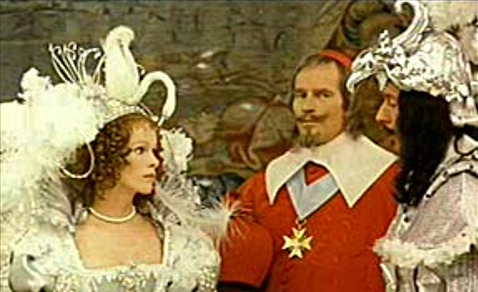
Geraldine Chaplin-Charlton Heston-Frank Finlay "Los cuatro mosqueteros" (The four musketeers) 1974, de Richard Lester.
7 notes
·
View notes